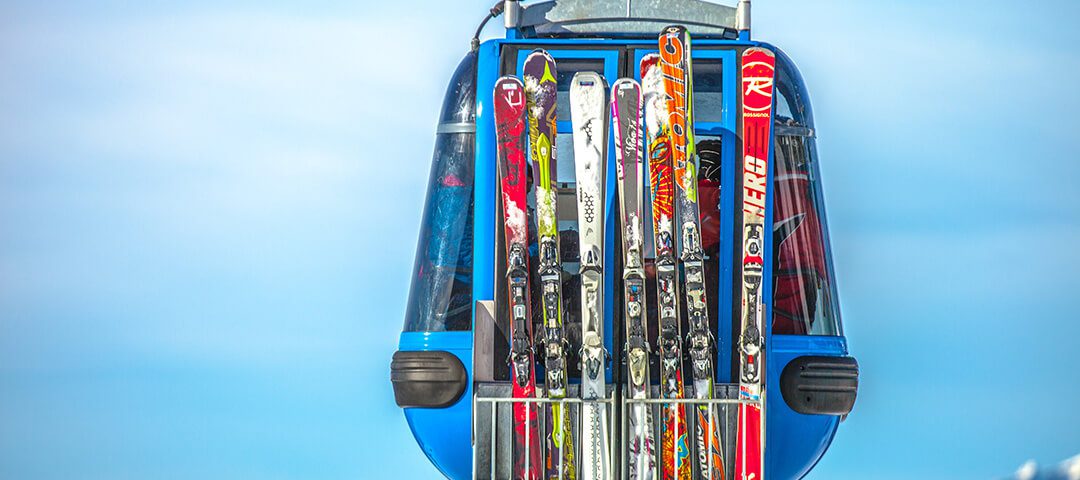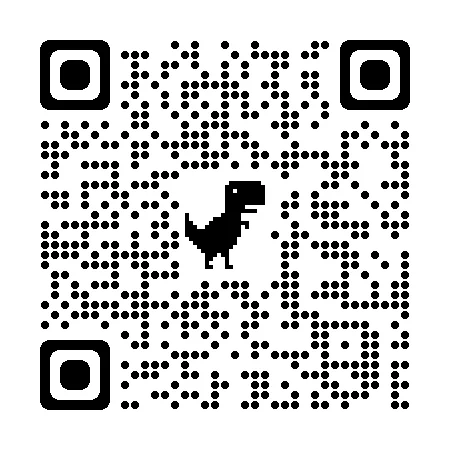Over the last 5 years or so equipment has changed quite a bit. As with many other industries a goal would be to not only keep the people who have been participating in the sport but how to attract more people into it. One way is to make the equipment easier for people to use and progress. That what has happened. Several different things have changed when it comes to skis and boards. This conversation concentrates on skis. Though boards have gone thru similar changes it is easier to describe in ski terms.
A big thing is Rocker. Basically, the ski is bent upwards either in the tail or tip or both. This enables the ski to rise up out of variable snow conditions stabilizing the ski and keeping it smoother for the rider. It allows the ski to come up and turn without jarring the skier. When a ski has tail rocker just as it is easier to hit snow with the tip it allows the ski to pivot from the back. So, for powder or slush, tight trees or avi chutes the ski is able to pivot and turn which helps the skier slow down and control the terrain without having to make a big movement to maintain control.
Typically, rockered skis are a bit wider. However, the rockered tail because it wants to pivot that way can easily be over turned. And can cause the skier particularly if they are used to a more traditional turn to spin the ski. For skiers like myself this can be a problem because we are laying into the back of the ski to feel the full carve and end up pointing up hill. So, the key is to not overwork the ski in other words back off the hard push and let the ski just come around with less force which is why they are popular to a less aggressive or park skier.
Another thing is Camber. The traditional method of ski manufacturing. The ski is bowed between the tip and tail so that when you step on the ski it flattens out so that one can carve the ski from tip to tail. Unlike Rocker which is basically the opposite. Making the ski more functional for groomers and bumps. Typically these skis are narrower and either conventional tip and tail or twin tips. Then there are the variations. Nordica for example calls their design CamRock which is cambered under foot and rockered in the tip and tail. So, the camber under foot allows the skier to carve a turn but still benefit from the easier turn that the rocker provides.


